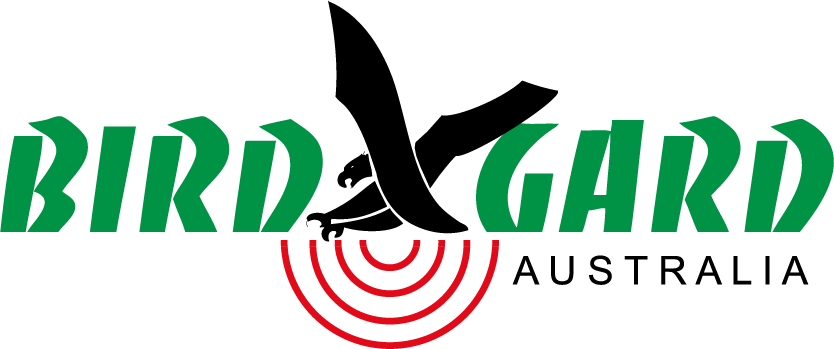Your cart is currently empty!
Pest Control Product FAQ’s
- All
- CEX
- Crow Repeller
- Possum Deterrent
- Bird Repeller Gel
- Snake Repeller
- Bird Scarer
- Swallow Repeller
- Bird Gard Kite
- ‘Roof Off’ Possum Removal
- Bird Repellent Eyes
- Pigeon Deterrent
- Starling Repeller
- Seagull & Duck Repeller
- Electronic Mouse & Bat Repeller
- Vermin-X
- Solar Possum Repeller
Hi Mark
If you have birds sitting on the antenna, do put the Gel on the antenna. If birds are going under the solar panel to nest ( Pigeons like doing this ) put the Gel on the roof directly under the solar panels and all the way around the panels. If you have any gel left apply to the frame of the solar panels especially the high point.
Regards Darren
Hi Annette
The main strength of an ultrasonic device is directly in front of the device. As a rule of thumb point the device at the area you want to protect or where the Wallabies enter. Ideally, the device is at the head height of the wallaby but that can differ pending on the age of the animal and their posture at the time, so have the device at the chest height of the average wallaby.
Hi Becky
The Bird Repellent Eyes weighs just 20 grammes, yes its made of plastic that contains a special ingredient that emits the UV glow when exposed to sunlight. Sunlight also slowly breaks down the special ingredient so it lasts up to 12 months.
Hi Tim
Yes, apply the Gel on the roof, directly under the solar panel and all the way around them. Most people will do close spiralling circles or wavy lines. Do make sure that any Pigeon nesting material is removed from under the solar panel. To apply the Gel thickly say 10 to 15 mm wide to get the longest life span. 5 tubes sound about right. If you have any left put in on the high points of the solar panel frame.
Hi John
In a roof space, we downplay the max range to 10 metres. As you understand ultrasonics won’t go around corners so with an L shaped roof space you will need a minimum of 2 devices to cover the entire roof space. The ultrasonics won’t penetrate walls, ceilings etc so Pets inside your house won’t be affected. I a roof space operate the devices 24/7.
Regards Darren
Hi Bruce
That would be an unusual way of doing it, but if it works that’s all that matters. There is no technical issue that prevents you from doing that, but do note the small hole that is on the bottom of the device where the power cord goes through, normally it would be under the device when installed so do give that hole a bit of extra protection as a precaution. Allow up to 3 weeks for it to take full effect.
Regards Darren
Hi Candy
If applied thickly the Bird Gel can last up to 2 years. It is water-resistant so won’t wash off in the rain, and can handle temperatures of over 80 Celsius so shouldn’t melt in the sun.
The only issue I see in your application is how high your pool fence is?
The bird gel is sticky stuff and its best not to install it in any location where people might have inadvertent contact with it.
Hi Geoff
Yes, any movement will set off the motion sensor. However when repelling possums its best to use the constant setting. On constant, the motion sensor is deactivated and the device randomly and intermittently emits the ultrasonics. The light sensor will also turn the device on at dusk and off at dawn. There isn’t a bracket, but on the back lid, there are 2 keyhole indentations that allow the device to be hooked on to screws or nails etc.
Regards Darren
Hi Nicky
For a typical outdoor cafe area, I would say don’t buy the Seagull and Duck scarer. It works but it makes loud sounds that might annoy people. If it was installed on a solid roof and some metres away from the edge of the roof, you may be able to use it, but it would be best to send me some photos of the area just to be sure. To silent repel Seagulls from a cafe environment we use the Bird Gard Kite, it has worked well and is practical to use. See the Bird Gard Kite on our website.
Regards Darren
Do you have any questions?
Ask us anything about our pest control products and how to better pests from you home, garden, warehouse, office block, etc. we have over 21 years experience in humanely lettering Australian pests.
